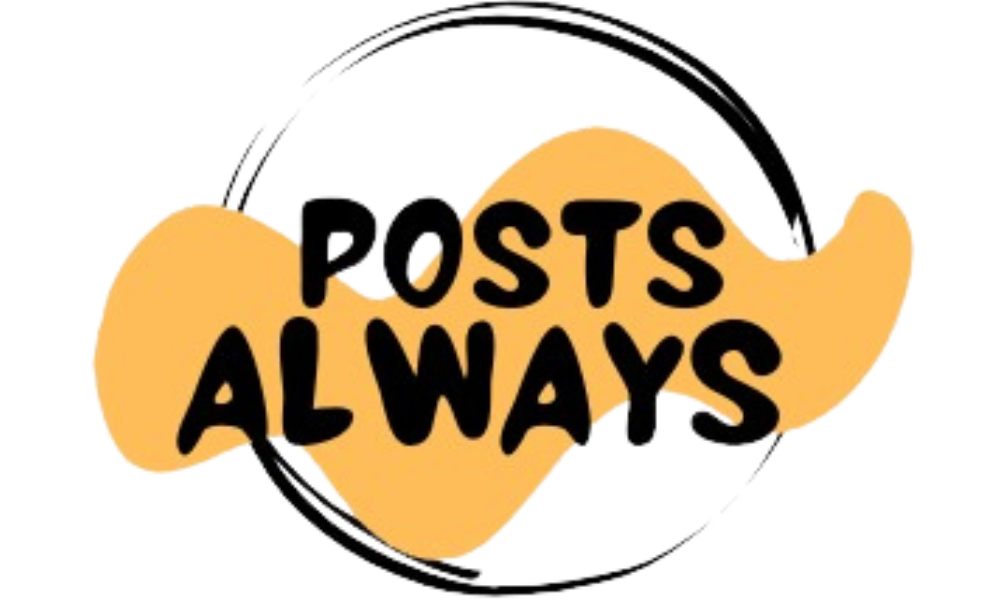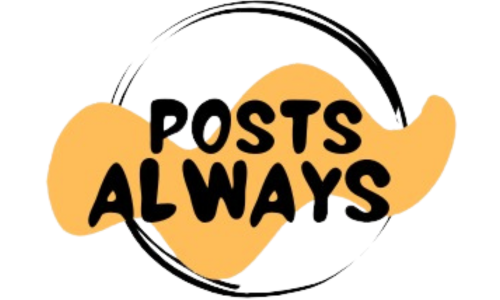[ad_1]
In case your music’s getting botted, your music might get booted.
Sure, tracks and playlists with inflated streams (also called streaming fraud) run the danger of being faraway from platforms like Spotify and Apple Music.
And also you run this danger whether or not or not you knowingly interact in unhealthy habits.
As an example, in the event you enlist a promotion firm who inflates your streams, or in case your tune finally ends up on a botted playlist, you possibly can see your monitor, your catalog, your whole consumer account, or your artist profile deleted from the very platforms you depend on to share your music with the world.
“How do I keep away from getting my tracks eliminated?”
Properly, I wrote an entire article about streaming fraud: What it’s, why it occurs, the way it negatively impacts all artists and labels, and how one can keep away from the fallout.
I like to recommend you learn these suggestions. However there was one space that required a bit extra element: Easy methods to know if a selected playlist has inflated streams, so you possibly can steer clear!
Right here’s how one can keep away from botted playlists.
“Is that this playlist going to assist or harm me?”
There are a handful of issues to search for which will point out a Third-party playlist has been created for functions exterior of genuine human engagement.
Suspicious playlists would possibly exist to:
- Home tracks by artists who’ve paid to have their stream-counts inflated
- Collect tracks by artists who’ve paid for placement, regardless of the playlist having no real listener curiosity
- Assemble a catalog of doubtless problematic tracks, reminiscent of AI-generated audio, practical noise, music by faux artists, and carbon-copies (copyright infringement!)
You solely have so many minutes in your day. When you’re pitching your music to playlists, you need that point to be definitely worth the effort. So there are a variety of issues you possibly can test beforehand to see if a playlist is legit or suspicious.
A few of these issues are publicly and immediately viewable, and a few of them require you to entry sure knowledge by a service like Chartmetric or artist.instruments — or on the very least, to do some deeper evaluation by yourself.
The extra apparent pink flags embrace:
Dangerous or no branding
Legit playlists care about their listener expertise, and meaning they’ve most likely put loads of effort into not simply the record of tracks, but additionally the playlist cowl art work and profile art work and descriptions.
If a playlist seems shoddy or uncared for, you need to keep away from it.
A mysterious consumer profile
Does the playlist curator appear to be an actual particular person? Cool.
If not, beware.
No different web presence
Numerous critical curators may have a social profile and/or web site to share the lists they’re happy with.
In the event that they don’t, why are they hiding?
Fishy followers names
You’ll be able to view the followers of the consumer account who created the playlist.
Scroll by. When you see largely numbers and squiggles and smashes like this…
… flip round!
Numerous unknown artists
This isn’t to say there aren’t music followers on the market who genuinely love obscure artists.
However be sincere: Most playlists are going to include some artists who’re, if not well-known, at the very least notable inside their sub-genre.
Numerous well-known artists, plus one or two unknowns
Hmmmm.
Why would these obscure tracks be welcome in a listing populated virtually totally by larger songs? Fishy.
Numerous random tracks that don’t match a theme or style
Think about a playlist with no recognizable vibe or organizing precept. Who would hearken to such a playlist?
Not people. Bots.
Pay for placement
Somebody who asks you to pay to get your monitor on their playlist clearly has completely different incentives than sharing their favourite music.
Ask your self why.
Paid playlist promo
This can be a massive one. When you’ve enlisted an organization or promoter to get your monitor onto playlists, you higher be rattling positive that they’ve vetted a listing of legit curators.
As a result of the extra widespread incidence, sadly, is that these promo firms are scams, guaranteeing outcomes, after which utilizing fraudulent ways (like bots) to ship the “outcomes.”
Tragically, the ultimate consequence could also be your music’s removing from streaming platforms.
Submission gates
If somebody forces you to observe a playlist earlier than you possibly can submit a monitor, they’re artificially inflating the looks of curiosity.
This doesn’t essentially equate to botted streams, but it surely’s a warning signal the playlist isn’t price your time.
The follower rely doesn’t matter; it’s what number of people are literally LISTENING to a playlist.
Random “followers additionally like” suggestions
This one could take a little bit of digging in your half, however try the artists who’re featured on a selected playlist. Have a look at their Spotify profiles and see if the opposite artists talked about within the “followers additionally like” part are ACTUALLY related.
If not, they might be artificially inflating their streams by showing in botted playlists with dissimilar music.
Unimaginable save-rates
This will likely sound counterintuitive, since bots are basically disengaged listeners and also you would possibly suppose that an ideal save-rate exhibits true enjoyment.
However right here’s the factor: In case your tune is on a playlist that’s driving superb streaming AND save outcomes, it could be fishy. As a result of in any case, your tune is on a playlist. Which by design is a extra passive listening expertise.
So if the save-rates appear too good to be true, it could be a sign {that a} refined bot farm is clicking that save button too.
“Stream per listener” fee is simply too excessive
In case your tune is on a listing that’s driving numerous streams, however not growing the listeners in cheap proportion, your monitor may very well be getting looped.
A mean new fan would possibly love your tune and hear one other 1-3 occasions. However they’re not going to hear 15 occasions.
Warning indicators that require knowledge evaluation:
Massive spikes or declines in playlist metrics
Does the follower-count or streaming exercise soar and dip shortly? Is perhaps sketchy.
Real playlists often develop extra slowly and persistently.
Poor engagement on tracks
If the tracks on a playlist have massive play-counts however small save-ratios, or the artists themselves have few followers, that could be a warning signal.
It might even be that the monitor performs properly in passive listening conditions (Spotify Radio, as an example) with out resulting in deep engagement, however… that’s most likely an exception to the rule.
Bizarre high international locations and cities
I’m not saying the international locations or cities are bizarre.
I’m saying, it’s bizarre that the tracks on the playlist instantly skyrocket in a random place the place the style isn’t in style, or the artists don’t tour, don’t market, and don’t have current traction.
Oddly-weighted geographic listening
If many of the streaming exercise for a selected monitor or artist is coming from one place (that isn’t the artist’s hometown), be careful!
I’m undecided if it’s nonetheless true, however for some time Buffalo, New York was exhibiting up as a standard location for bot exercise.
Now you possibly can keep away from problematic playlists
Streaming fraud and botted playlists have change into such a standard downside that platforms are actually cracking down. That’s why it’s so necessary to ensure your music and profession aren’t broken by the fallout.
Realizing how one can inform the distinction between legit and botted playlists is essential. And whereas this text most likely doesn’t embrace each attainable indicator of unhealthy habits, it’s sufficient to get you began in your personal playlist investigation.
Right here’s hoping you discover some nice playlists, with engaged listeners, and a passionate curator who shares music for the fitting causes.
Whenever you do, try these recommendations on making an ideal playlist pitch!
[ad_2]



